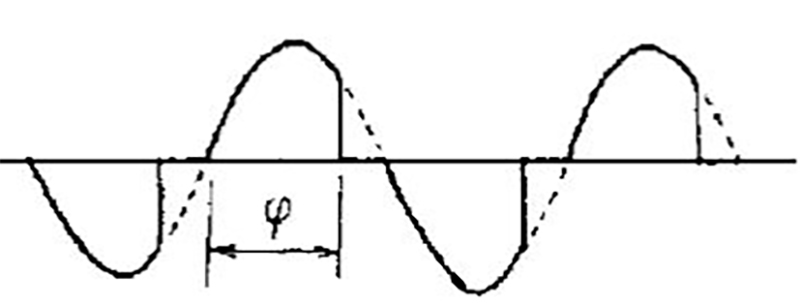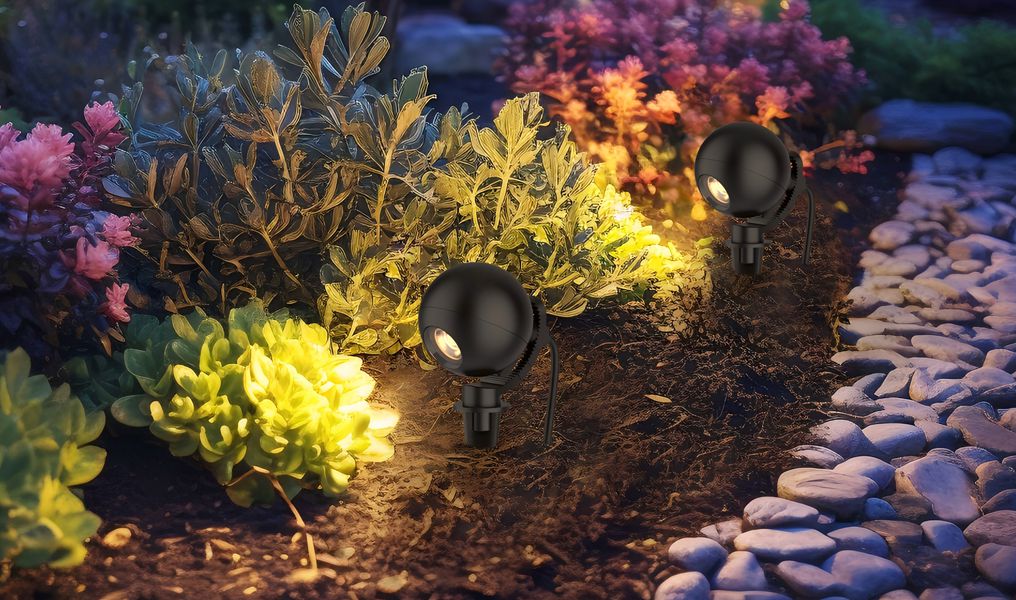
Trailing edge and leading edge dimmers are two types of dimmers commonly used to control the brightness of lights. They operate by selectively cutting off portions of the alternating current (AC) waveform that powers the lights.
Trailing edge dimmers are designed to cut off the latter part of each half cycle, while leading edge dimmers cut off the initial part. Trailing edge dimmers are relatively newer and are well-suited for LED lights due to their lower minimum load requirement and ability to provide smoother dimming performance. On the other hand, leading-edge dimmers have been around for longer and are more compatible with incandescent and halogen lights. They offer a wider wattage range and have a simpler design.
Trailing-Edge Smart Dimmers
Trailing Edge dimmers are designed to work with electronic low-voltage (ELV) and LED lighting systems. They use a leading-edge phase control technique to dim the lights. This means that the dimmer cuts off the trailing edge of the electrical waveform to reduce the power supplied to the light source. Trailing-Edge dimmers are known for providing smooth and flicker-free dimming performance, especially for LED lights.
Smart dimmers, on the other hand, incorporate additional features such as compatibility with home automation systems and wireless control options. They can be integrated into smart home ecosystems, allowing you to control the dimming functionality remotely through a smartphone app or voice commands. Smart dimmers often provide advanced scheduling, scene setting, and energy monitoring capabilities.
Rear Edge Dimmers
Rear Edge dimmers, also known as Reverse Phase dimmers, are typically used with magnetic low-voltage (MLV) lighting systems. They utilize a reverse phase control technique, where they cut off the leading edge of the electrical waveform to dim the lights. This method is effective for dimming incandescent and halogen lights, but it may not be suitable for certain LED lighting systems as it can cause flickering or compatibility issues.
Rear Edge dimmers are generally less common than Trailing Edge dimmers, and they may not offer the same level of compatibility with LED lights or smart home integration. However, they can be a suitable choice for specific lighting setups that require magnetic low-voltage dimming.










